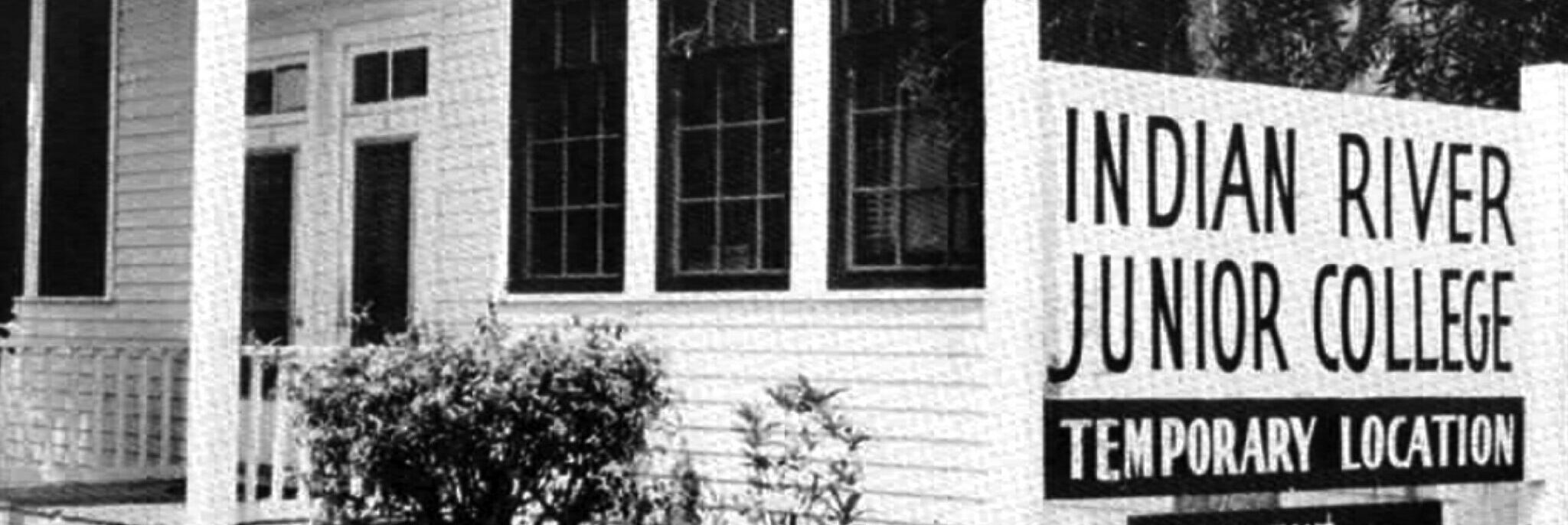The Florida Legislature officially established Indian River Junior College on January 1, 1960.
By Kathleen Walter
From a single building in 1959 to five campuses serving nearly 24,000 students today, Indian River State College has become far more than an educational institution—it’s a lifeline for the region.
On a recent episode of RiverTalk on IRSC Public Media, two people who embody this remarkable journey shared their perspectives: Dr. Mia Tignor, Associate Vice Provost of Academic Affairs and college historian, and Professor June Wells, who has taught here for an extraordinary 53 years. Their conversation revealed not just the facts of Indian River State College’s evolution, but its soul.
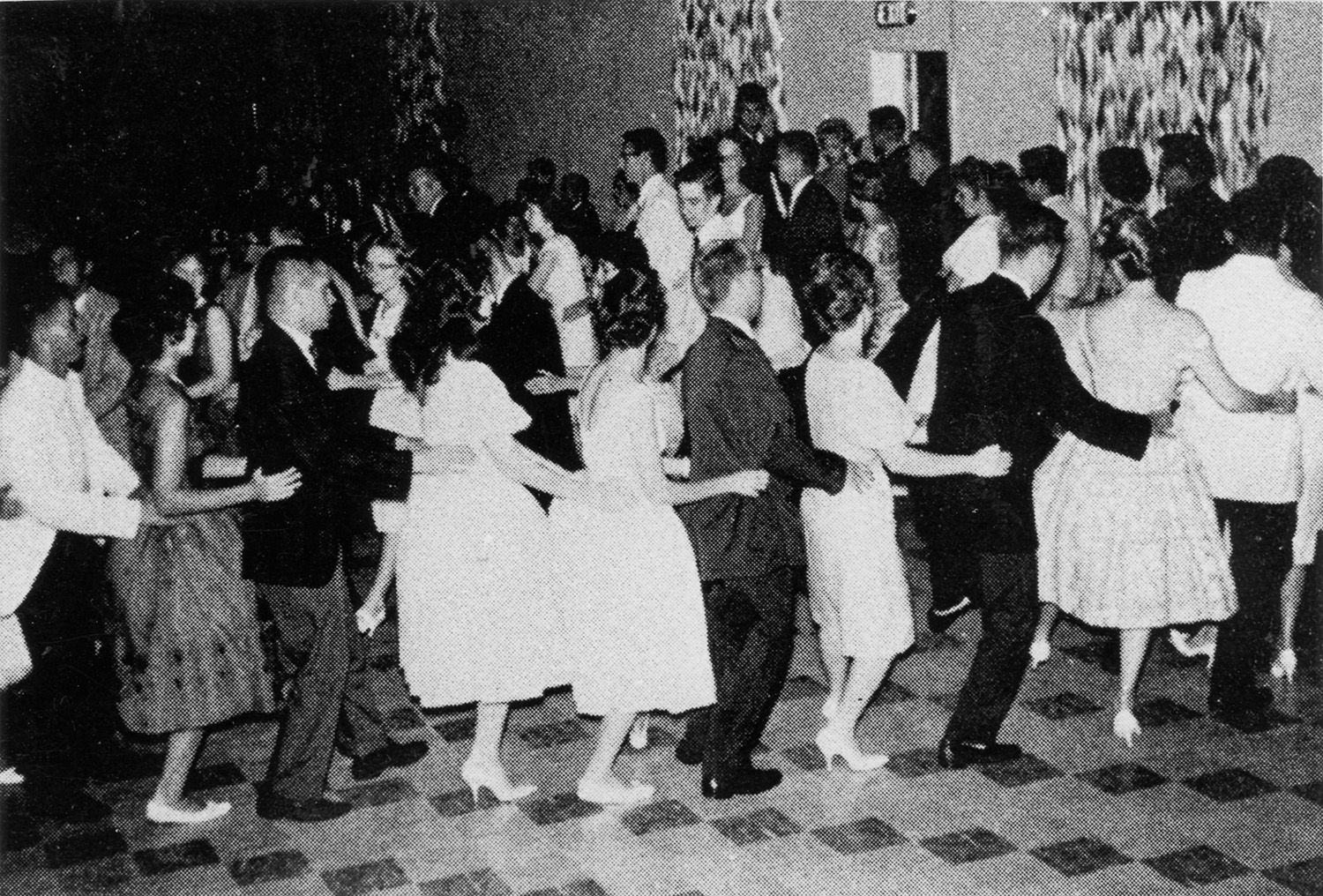
From Junior College to State College
The transformation from Indian River Junior College to a state college authorized to grant bachelor’s degrees in 2008 stands as a pivotal moment. As Dr. Tignor explained, this shift allowed Indian River State College to serve students “across all levels of education”—from adult education through bachelor’s programs—making higher education accessible in a region where Indian River State College remains the only public institution serving four counties.
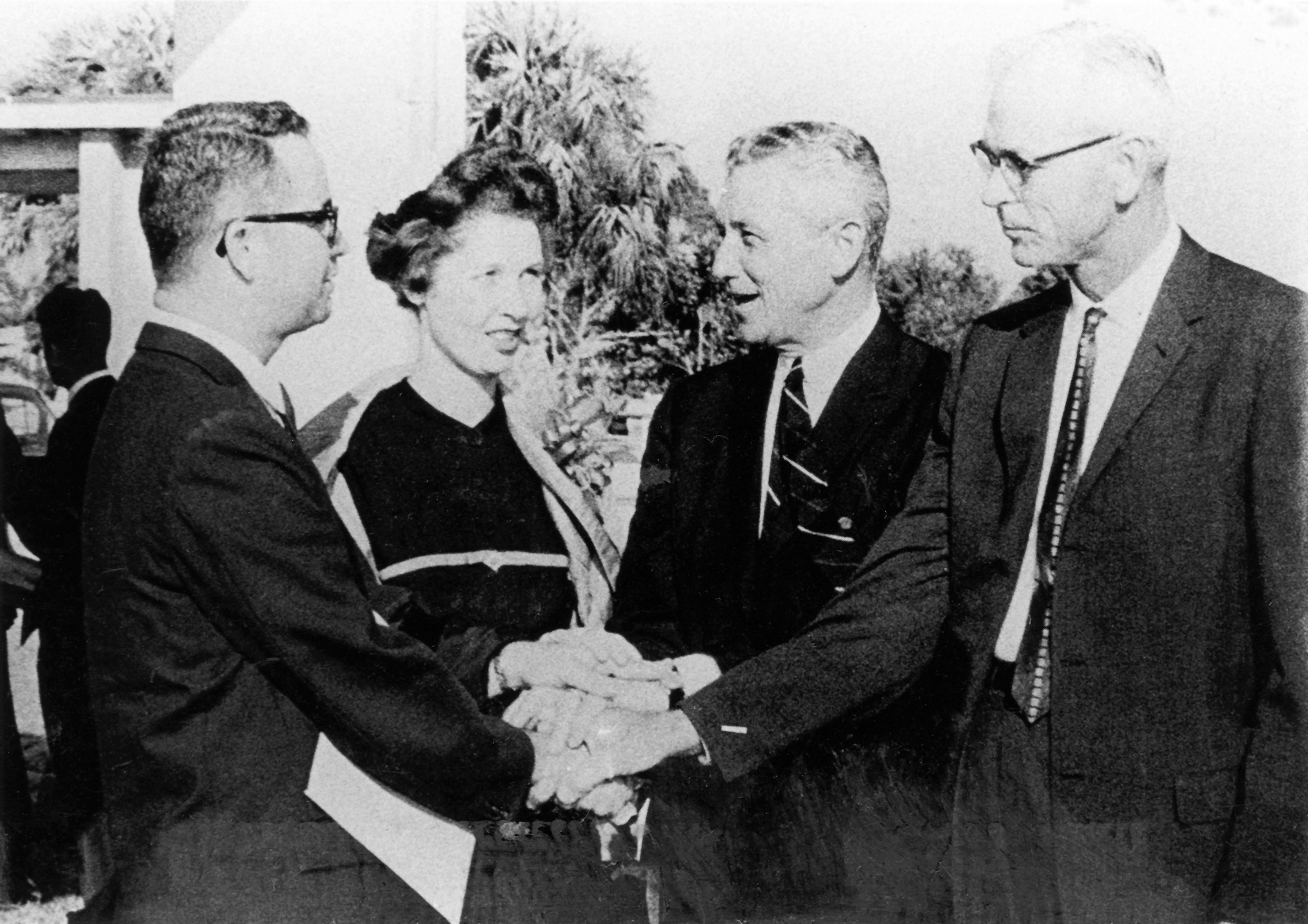
Professor Wells helped architect this change, literally building the bachelor’s programs in education from the ground up. “It was basically the idea that we were trying to make education available to a bigger kind of population,” she recalled, describing how faculty created courses, wrote syllabi, and adapted content for specialized populations in law enforcement, fire science, and other fields.
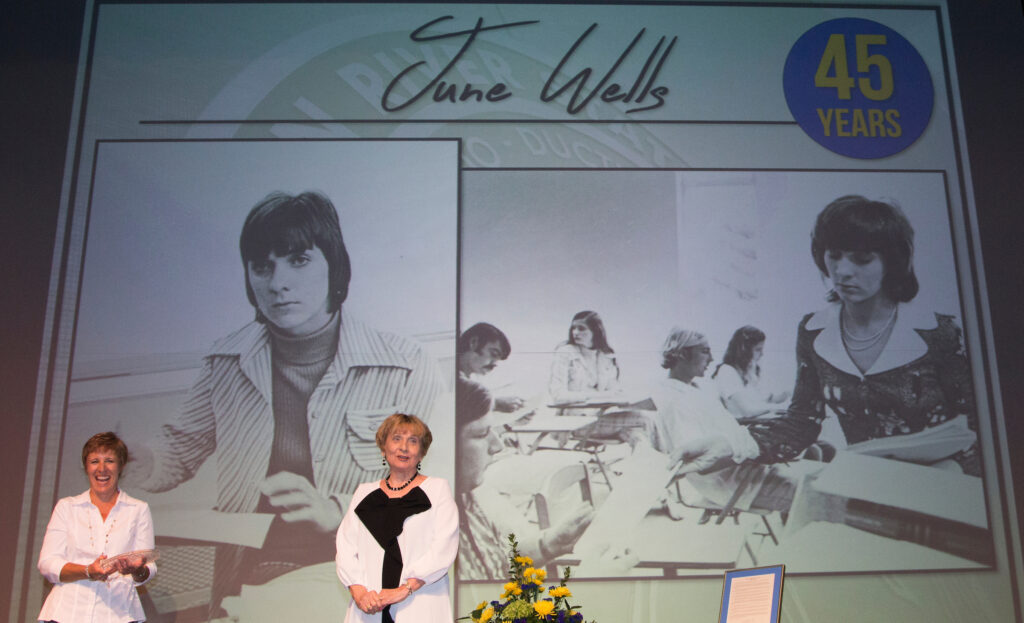
The Geography of Opportunity
Spanning Fort Pierce, Vero Beach, Stuart, Okeechobee, and Fort St. Lucie, Indian River State College’s five-campus footprint shapes its identity in profound ways. Each campus serves distinct populations with unique needs, requiring flexibility in how resources are deployed. At the Pruitt campus, for instance, a joint-use library with St. Lucie County offers early literacy programs for an up-and-coming community—services that might look different at the Fort Pierce campus where other resources exist.
A Personal History
When Professor Wells arrived in 1973 as faculty member number 37, she could barely find Fort Pierce on a map. Fresh from the University of South Florida with a master’s degree in rhetoric and public address, she joined a small institution with just four or five buildings. But she quickly understood her mission: showing young people, especially young women, what they could become.
“Dr. Heise said to me, I want you to go out there and show people, especially young ladies, what they can become,” Wells remembered. In an era when college wasn’t assumed for women, she literally walked students from her neighborhood to registration, helping them believe they belonged in higher education.
Integration’s Legacy
Eight years before Wells arrived, Indian River Junior College merged with Lincoln Junior College as part of integration in 1965. While she inherited this history rather than lived it, she saw its effects—a conscious effort to bring diverse populations together and create a welcoming environment.
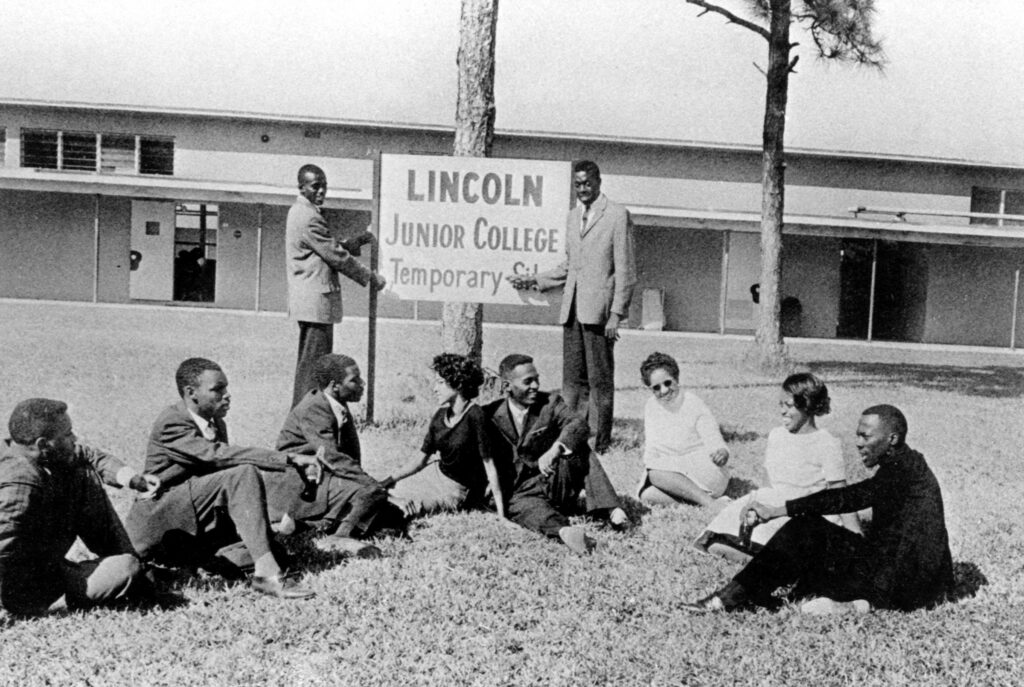
Digital Evolution
The college’s learning infrastructure has transformed dramatically. Dr. Tignor traced this evolution from the library’s opening in the late 1960s—with its card catalog and physical books—through online catalogs, and now to comprehensive digital resources. Her mother attended library school with card catalogs; Tignor studied an entirely different system 20 years later.

Today’s students access Adobe Creative Campus tools, Bloomberg Terminals, Wolfram Alpha, and institutional Grammarly subscriptions—professional-grade resources once available only to those already in industry. The 2013 launch of Indian River State College Online expanded flexibility even further, building on earlier innovations like VHS video classrooms that streamed to campuses without resident faculty.

What Endures
Despite all this change, Professor Wells identified something constant: the relationship between faculty and students. Unlike her own college experience, where professors seemed distant, she’s always maintained an atmosphere where students feel comfortable asking questions, seeking help, admitting confusion. “Never be told that’s a stupid question,” she emphasized, understanding that one dismissive response silences the next person.
This culture of accessibility connects directly to The River’s founding purpose. The junior college system emerged after World War II to meet workforce education needs that four-year institutions couldn’t accommodate alone. The recent Promise Program, which helps make college tuition-free for eligible local students, continues this tradition of opening doors for those who might not have thought college was an option.
Bold Moves Forward
Recent years have brought dramatic developments: a $45 million gift from MacKenzie Scott, the Eastman Advanced Workforce Training Complex, expanded nursing facilities that double capacity, and programs in rail industries, ballistics technology, and advanced manufacturing. The Center of Excellence for Veteran Students Success recognizes another population Indian River State College serves. These transformative initiatives occurred under the leadership of Indian River State College President Timothy E. Moore in 2020.
How does the college stay ahead of economic needs while remaining true to its mission? Dr. Tignor described a two-tiered approach: maintaining strong core programs like the Associate in Arts while partnering with industries to offer new certifications and short-term training for students who don’t need traditional degrees.
12,000 Students and Counting
Professor Wells has taught more than 12,000 students—a number she processes by remembering individual speeches rather than faces that have aged forty years. Students return and ask, “Do you remember my speech?” And often she does. Citrus blackfly. She remembers.
What drives someone to show up, in person, after 53 years? For Wells, it’s seeing how populations and needs change. Public speaking still needs teaching, but now she incorporates interview skills, because employers report young people “don’t interview well.” The content evolves; the commitment remains.
She wants future generations to remember that The River got them “on the starting block.” Many students tell her their best educational experience happened here. One became a state senator. Others built successful careers from that foundation.
Looking Ahead
What makes them proud? Professor Wells pointed to the college’s ability to see needs and evolve, to find people who can meet those needs and dedicate themselves to making things work. Dr. Tignor spoke of faculty and staff’s extraordinary care for students—a throughline she sees in archival materials from the 1970s through today’s blog posts and course discussions.
“Students are students, faculty are faculty,” Tignor observed. That focus on student success, that care from faculty and tutors and librarians, appears throughout Indian River State College’s entire history.
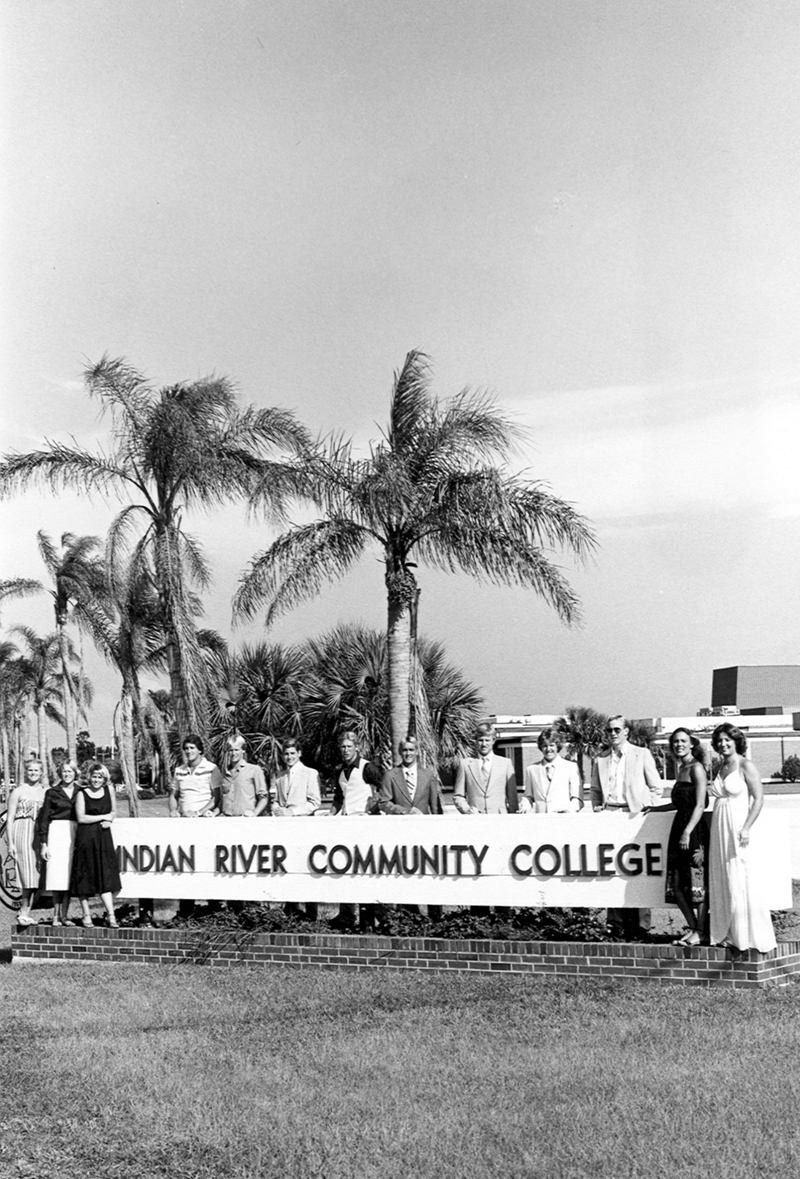
Sixty-five years after opening in a single building, Indian River State College remains what it always was: a community deciding that education should be within reach, no matter who you are or where you come from. That commitment endures.
To read more about Indian River State College’s History, visit: https://irsc.edu/about/history/.
This blog post is based on a conversation that aired on RiverTalk on IRSC Public Media, featuring Dr. Mia Tignor and Professor June Wells.
